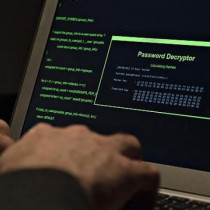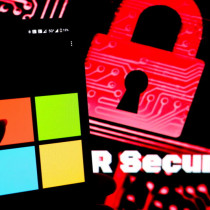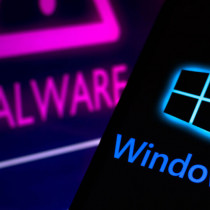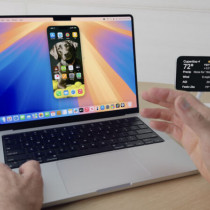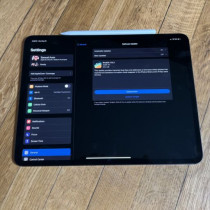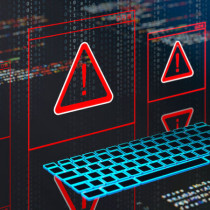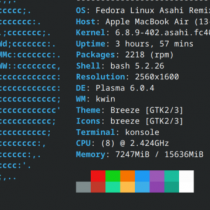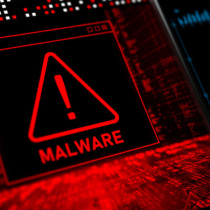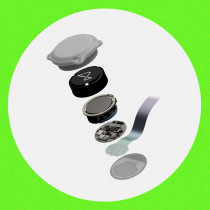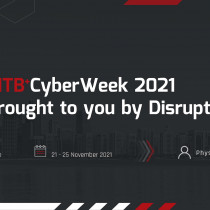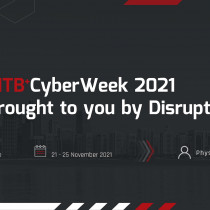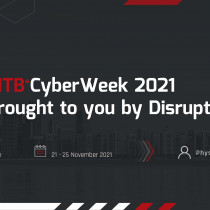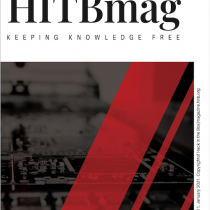Goodbye DES, Hello AES - New encryption standard is faster
Jim Reavis, writing for NETWORK WORLD says that 'security products should begin rolling out this year based on Advanced Encryption Standard, which the U.S. government has selected to replace the current Data Encryption Standard, AES' predecessor. The National Institute of Standards and Technology (NIST) in October selected Rijndael (pronounced "rain doll"), the combined work of Belgian researchers Vincent Rijmen and Joan Daemen, as the basis for AES.
Rijndael was selected from among five finalists in a process that took more than three years. Although a fundamentally sound algorithm, the older DES, which dates back to the 1970s, has been proven to be breakable through brute-force attacks because it uses a relatively small key size (56 bits)...
Feature: Goodbye DES, Hello AES
New encryption standard is faster; mobile devices benefit from small footprint.
--------------------------------------------------------------------------------
AES vs. Triple-DES
--------------------------------------------------------------------------------
As a practical matter, anyone today who wants high security uses a more powerful version of DES called Triple-DES.
To start encrypting with Triple-DES, two 56-bit keys are selected. Data is encrypted via DES three times, the first time by the first key, the second time by the second key and the third time by the first key once more. This process creates an encrypted datastream that is unbreakable with today's code-breaking techniques and available computing power, while being compatible with DES.
However, one does not need to be a cryptographer to see future problems with Triple-DES. Needing to encrypt a singular piece of data three times before transmitting it is CPU-intensive. While encrypting data today is the exception, not the rule, it's likely that encryption will become more prevalent in the future.
With the rise in the use of the Internet and devices such as smart cards, cell phones and PDAs, the need to communicate securely will increase. But these smaller devices require an encryption standard with a smaller footprint that uses less resources. Triple-DES is not a workable solution for the future.
While security and network administrators are loath to upgrade their systems to add another encryption algorithm, they will eventually need to support AES.
Unbreakable security
AES has more elegant mathematical formulas behind it, and only requires one pass to encrypt data. AES was designed from the ground up to be fast, unbreakable and able to support the tiniest computing devices imaginable. The big differentiators between AES and Triple-DES are not strength of security, but superior performance and better use of resources.
Click here to continue reading this indepth look at AES - the new standard for encryption.

